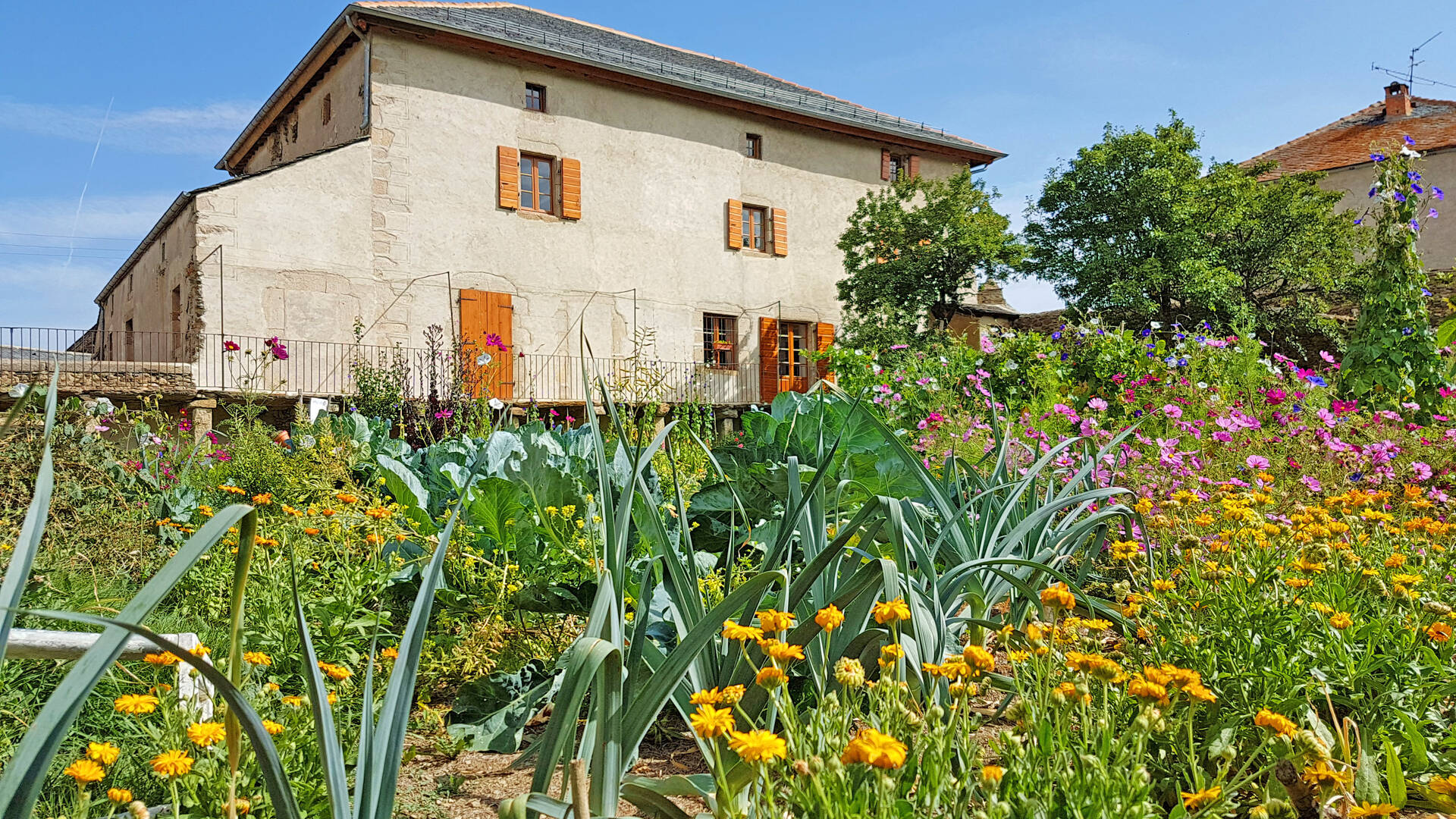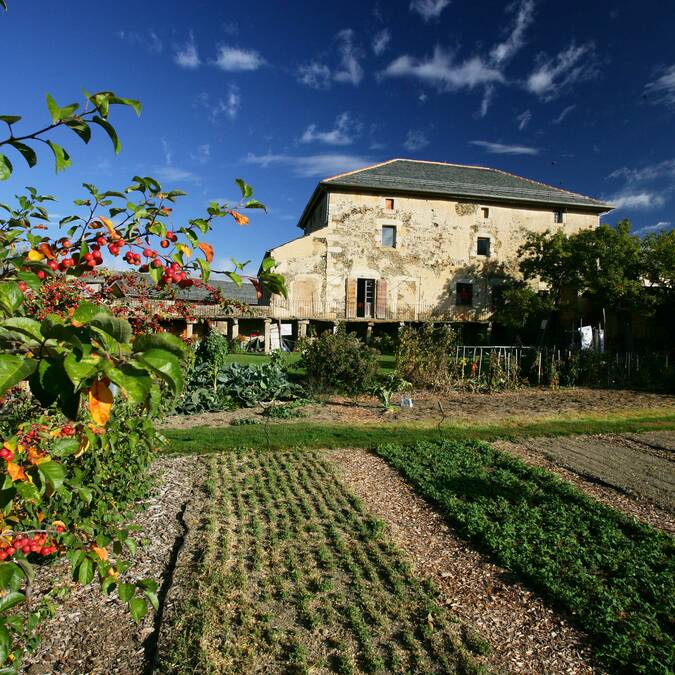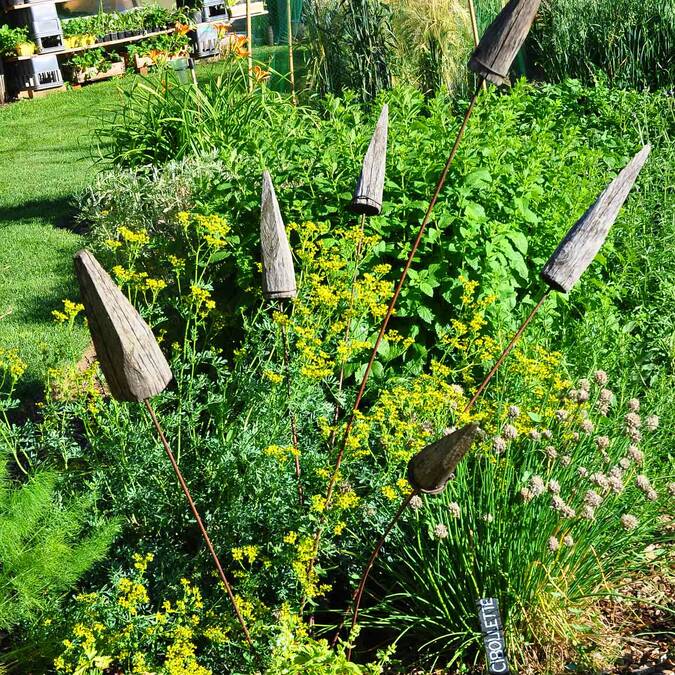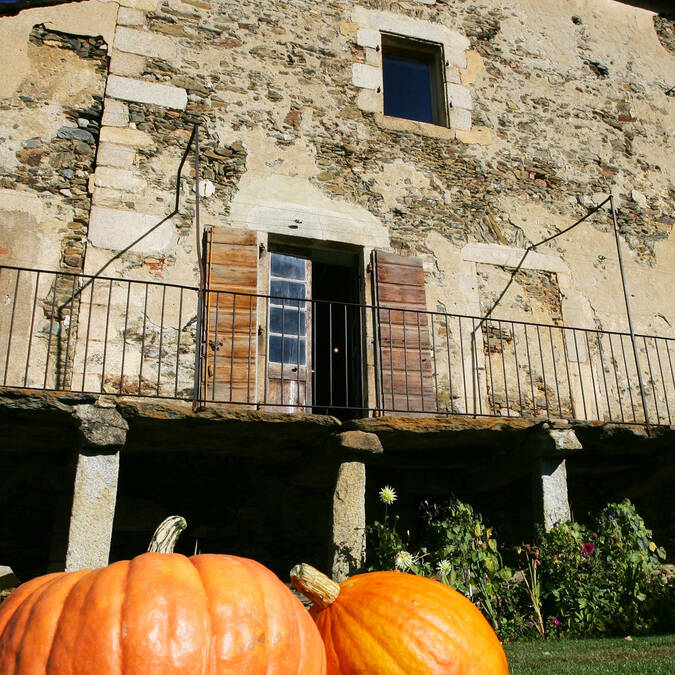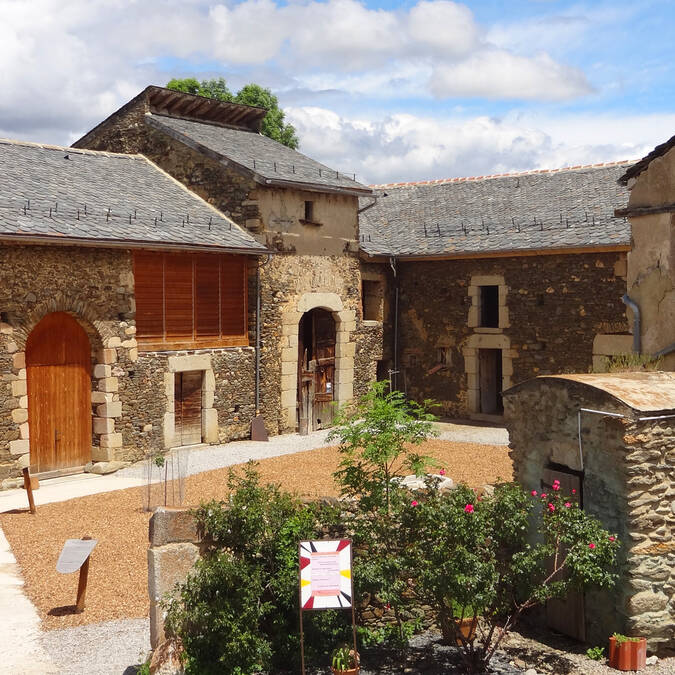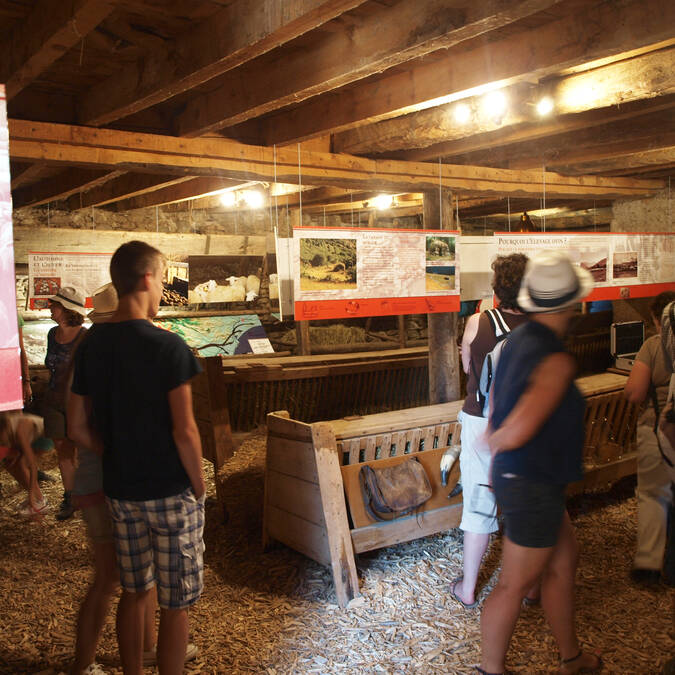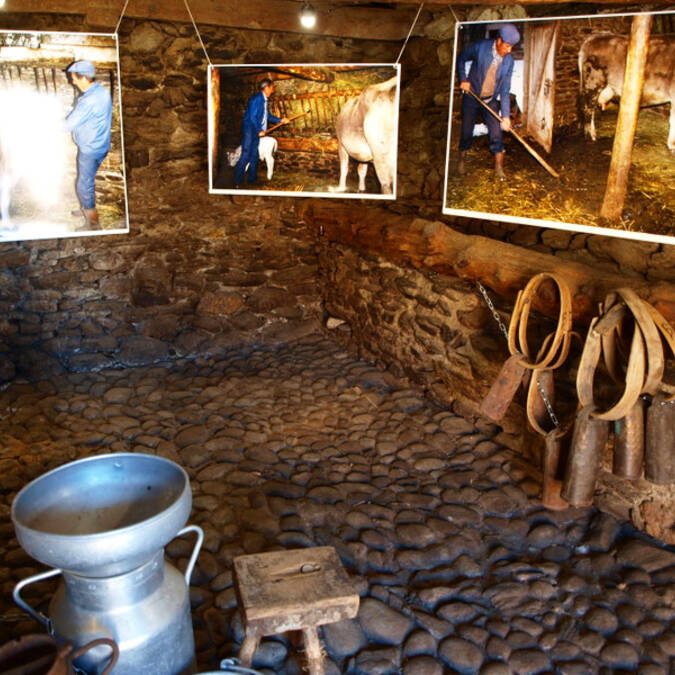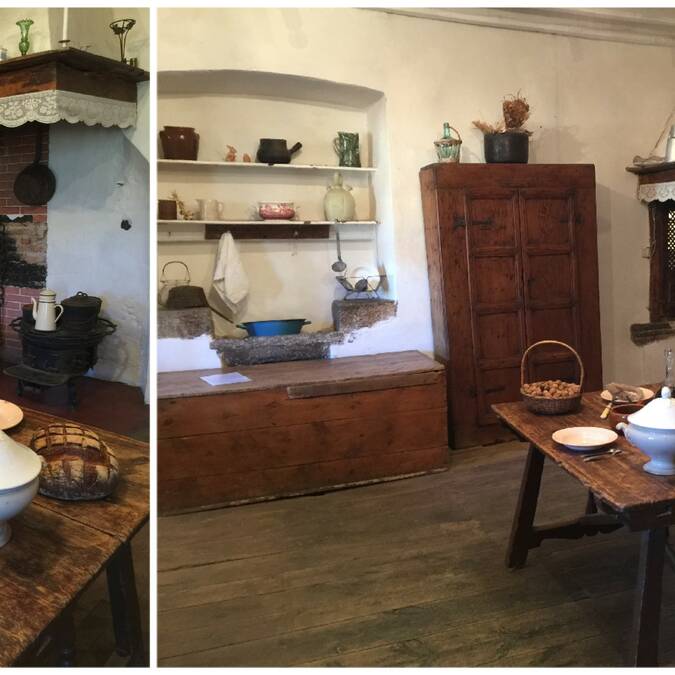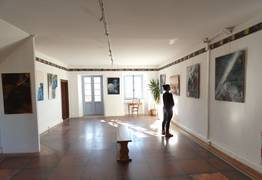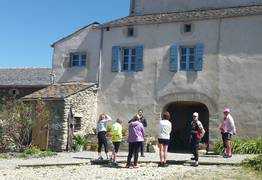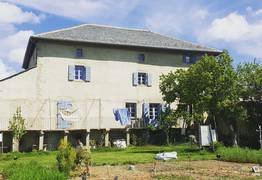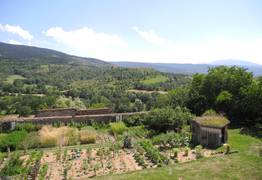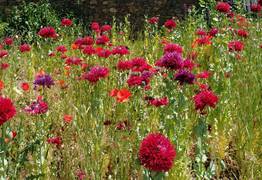Guided tours
Complementary to the exhibitions, they will make you discover the history of Cerdanya over the years, its border, its agriculture, its socio-economic activities but also the different roles and uses of this historical building from its construction to the Museum of today...
THE HIGH-ALTITUDE VEGETABLE GARDEN
A special space where quietness and knowledge are combined.
For a long time an indispensable pantry, it is now a place for conserving old and local varieties, as well as food plants that retrace the history of agriculture in Cerdanya. Besides vegetables, it displays fodder plants and cereals for feeding farm animals.
The cultivation practices used in the garden ensure respect for the land. Moreover, the vegetable garden is part of a process of transmission of knowledge about gardening, vegetables, but also their use in traditional medicine.
At high altitude, the rhythm of the seasons is a little out of phase and in winter, the garden falls asleep under the snow. This rest allows the earth to express all its generosity as soon as spring appears.
The Museum of Cerdanya
Housed in a beautiful eighteenth century farmhouse, whose buildings have been registered as a Historic Monuments since 1984, the Museum of Cerdagne, a particularly representative building in the local architectural style.
The history of this area dates back to the seventeenth century, after the partition of Cerdagne between France and Spain following the Treaty of 1659. Once a modest Pyrenean farm, it grew gradually under the charge of the Sicart family, and was assigned to the provost, becoming the representative of the King of France. When the French Revolution destabilised the power of the magistrature, the property passed to Mathieu Riu, a wealthy French businessman in 1810 who gave it the name Cal Mateu.
Inhabited until the 1990s by Jacques and Marie Bragulat, farmers since 1950, the Museum of Cerdagne to day both preserves and shapes the history of the area. Enjoying the label “Musée de France” since 1997, with an important permanent collection, many masterpieces and exhibitions, the museum presents the many facets of Cerdagne and shares the history of the Cerdan territory with visitors. Guided tours are possible.
Lots of cultural activities and entertainment to enjoy as you discover this exceptional region.
for scholars from pre-school to high school.
All year round, visits (guided or independent) and educational workshops are offered, in connection with the school curriculum and adaptable to each teacher's pedagogical project.
The proposed activities are divided into three main themes:
- Knowledge: around butter, bread and wool
- History/Heritage: Border
- Art/nature.
For more information, please feel free to contact us: musee-cerdagne@pyrenees-cerdagne.com
The museum is one of the sites with free bus service under the Departmental Plan for Artistic and Cultural Education (PDEAC).
Exhibitions
But also the permanent exhibitions (French/Catalan):
- Story of a Harvester: By the end of the second world war, modern agricultural machines began to be used in Cerdagne...
- The Shepherds and Flocks of Cerdagne: Cal Mateu, like many Cerdagne farms, had its flocks of sheep. In this barn the business of keeping sheep is explained and illustrated.
- Haymaking: harvesting hay before mechanization.
- Jacques' stable: a tribute to the last farmer in Cal Mateu.
- The ploughmen's room
- The Last artisanal Gourd-making Workshop: In the 1990s, Salvador Sampietro, the last manufacturer of Catalan gourds died, and with him a centuries-old tradition. We still have a few pieces from his studio to help us remember his craft.
- The Xicolatada
ONLY IN SUMMER:
The Museum is open all year round for cultural events. Workshops for children and adults are offered in summer.
HOURS
GROUPS (MINIMUM 15 PERSONS) ALL YEAR ROUND, ON RESERVATIONGuided tours, educational activities....
OPENING TO THE PUBLIC :
FROM OCTOBER TO MARCH / FROM MONDAY TO FRIDAY : 2pm - 5pm
Accompanied visit at 2pm and 3pm.
School holidays February: from Monday to Saturday 14h-17h.
APRIL / FROM MONDAY TO SATURDAY: 14h-17h30
Guided tour at 2pm and 3pm.
MAY - JUNE - SEPTEMBER / FROM MONDAY TO SATURDAY : 10h - 12h30 / 14h - 17h30
Guided tour at 11am, 2pm, 3pm and 4pm.
Open for the European Heritage Days
JULY AND AUGUST / EVERY DAY: 10am - 12.30pm / 2pm - 6.30pm
Guided tour at 11am, 2pm, 3pm, 4pm and 5pm.

